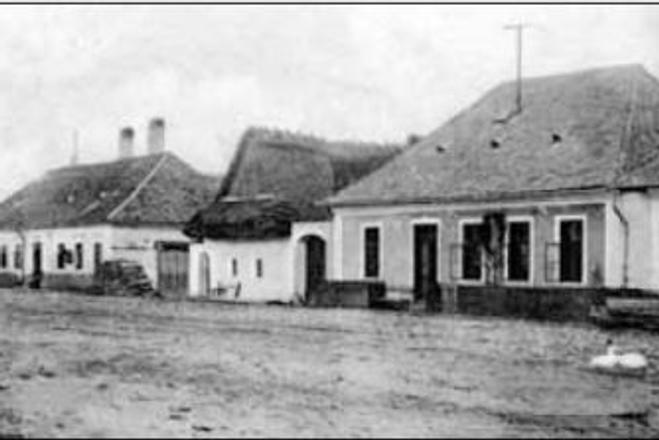THE CENTRAL Slovak municipality of Dobrá Niva could best be described as a small town, as it received town privileges as early as 1254. But in this postcard dating from the 1920s, its town centre appears much more like that of a small village.
Today, Dobrá Niva is interesting because of its several original agricultural settlements which no longer, however, have thatched roofs – as does the third house from the right on this postcard. In the 19th century, the entire municipality was built solely of wood and straw. Only after a devastating fire did the residents begin to use stone to a greater extent for their houses. The town of Dobrá Niva also had to fight for a long time for its rights against a castle bearing the same name. This was the fate of all villages and towns lying close to castles, as the medieval nobility were reluctant to relinquish their almost untouchable and unlimited powers. The town of Dobrá Niva did not defend itself, but rather joined forces with the nearby villages of Babina, Sásová, and Pliešovce.
The first house on the right of the postcard is noteworthy – it was a bank. Today, it would be quite hard to find a financial institution with geese grazing in front of it.


